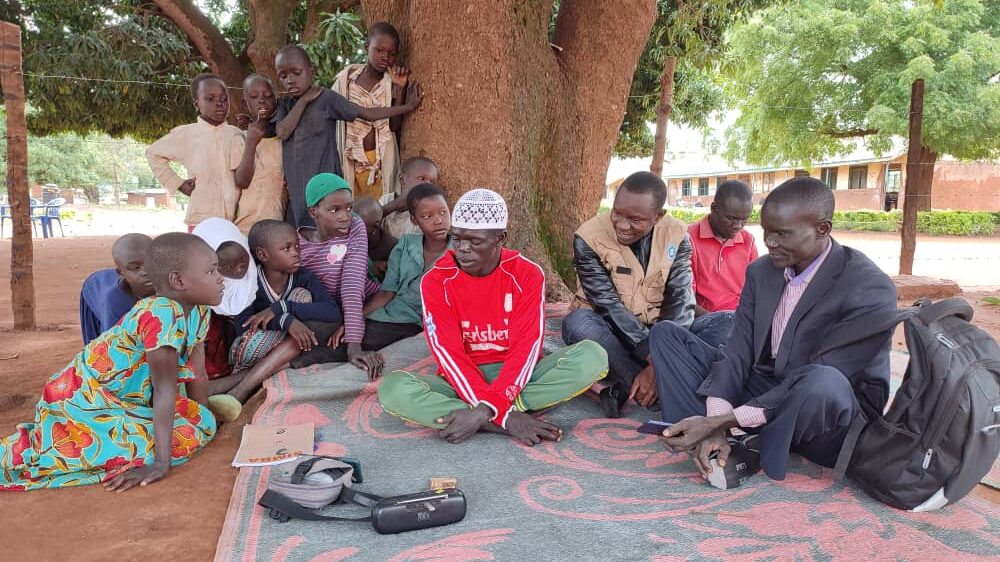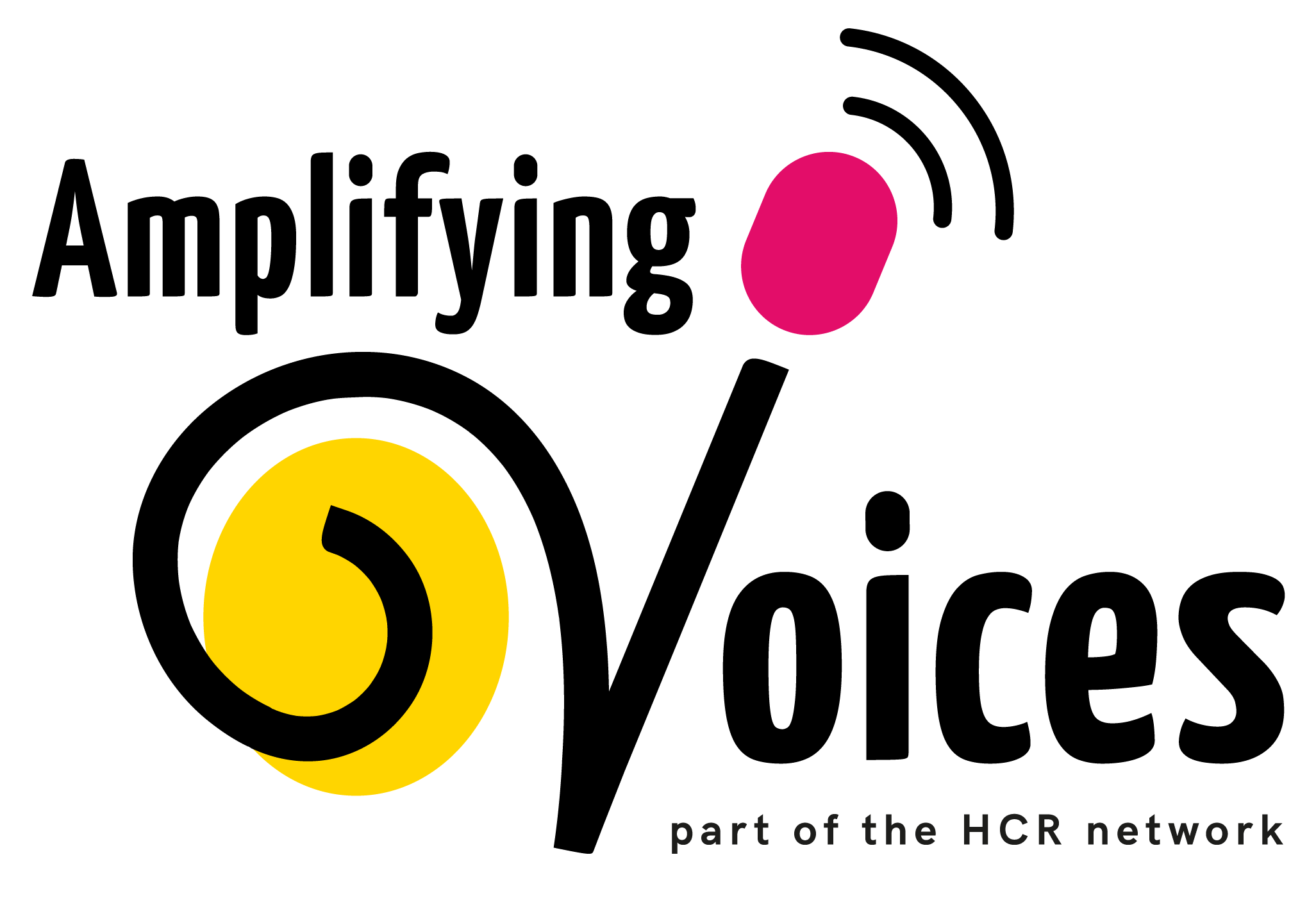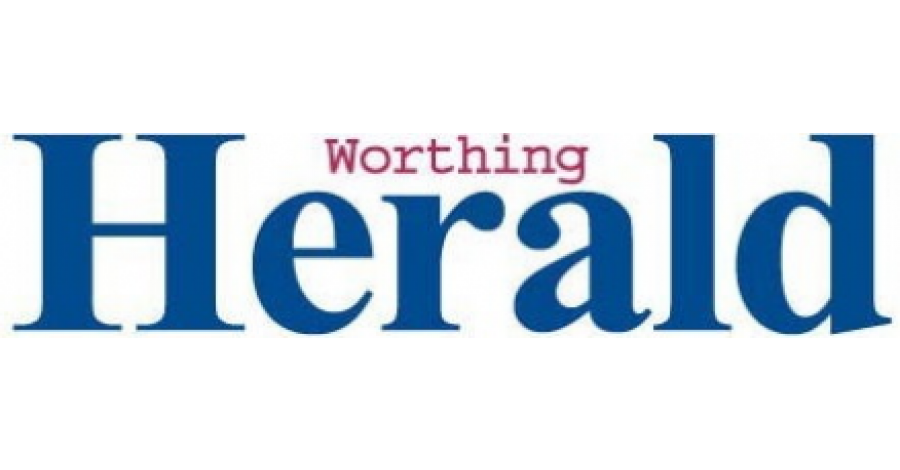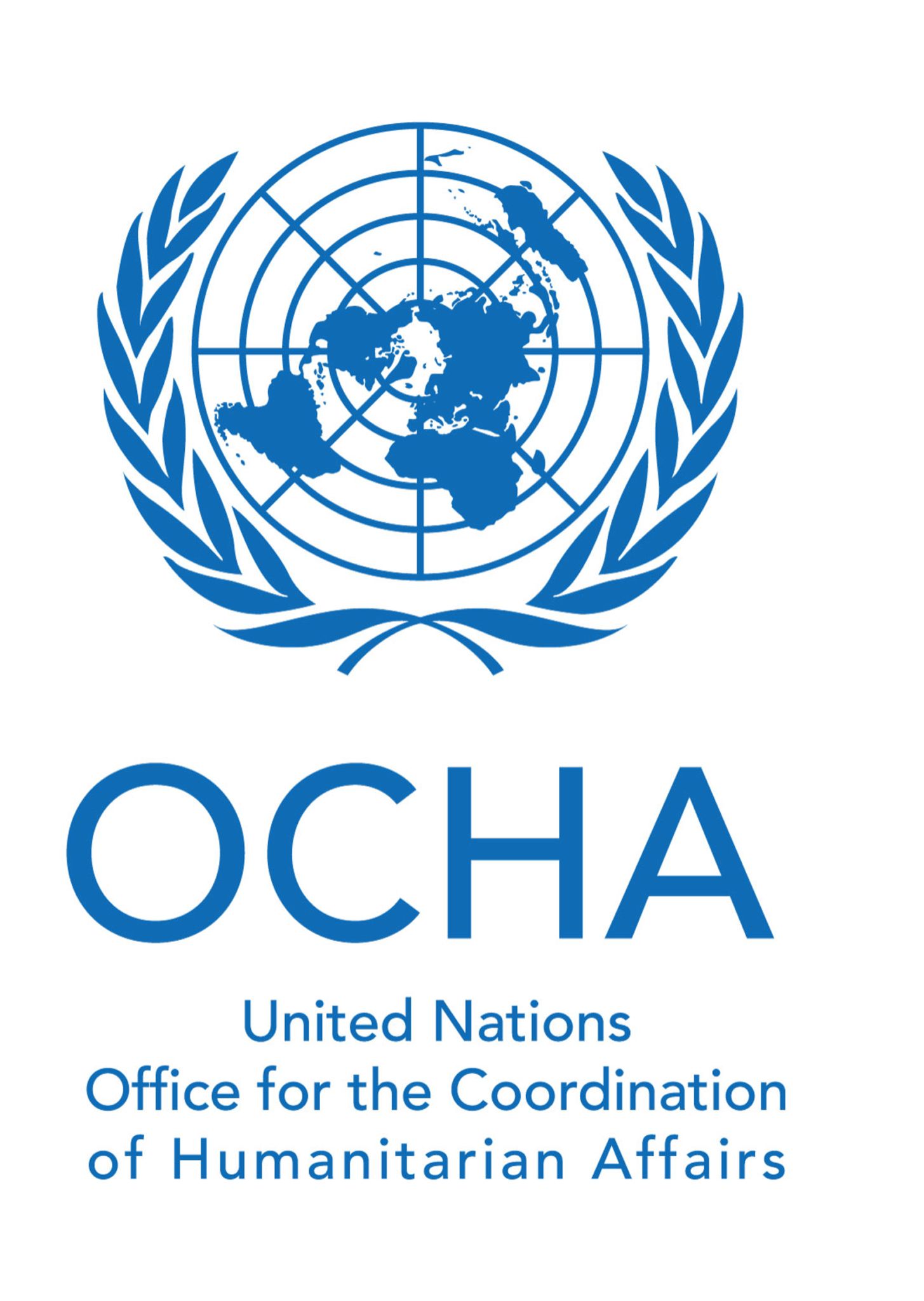Theory and Practice
This page expands on our Community-centred Media approach page. Here you can find some additional tools and tips for how we put Communication for Development (C4D) into practice. You will also find links to external publications about our theory and practice.
What is Communication for Development (C4D)?
Communication is integral for the development of people and their societies. 'Communication for development' (C4D) is a broad term that has sometimes been associated with the dissemination of centralised messages to promote behaviour change. Increasingly, people recognise development is more effective when done with communities rather than to communities. In this context Communication for Development is a vital tool for dialogue, amplifying local voices so that the people most affected by change are key participants in the change process. (World Bank, 2007)
When local communities are central to planning media strategy, and to designing, creating, and evaluating media content, remarkable changes can occur. We call this 'community-centred media'.
Practicing a community-centred approach

In our approach to designing, implementing and evaluating projects, we start with listening to the community. This informs our practice and keeps our theory grounded in reality.
Click to read more about the community-centred media approach or Contact Us to start a conversation about using community-centred media where you are.
Publications and Media Mentions
We are happiest when our work brings practical results in communities. We are also very happy when community-centred media practice informs theory though shared learning and published articles - see references below.
Tools
A toolbox for communication for development facilitators






